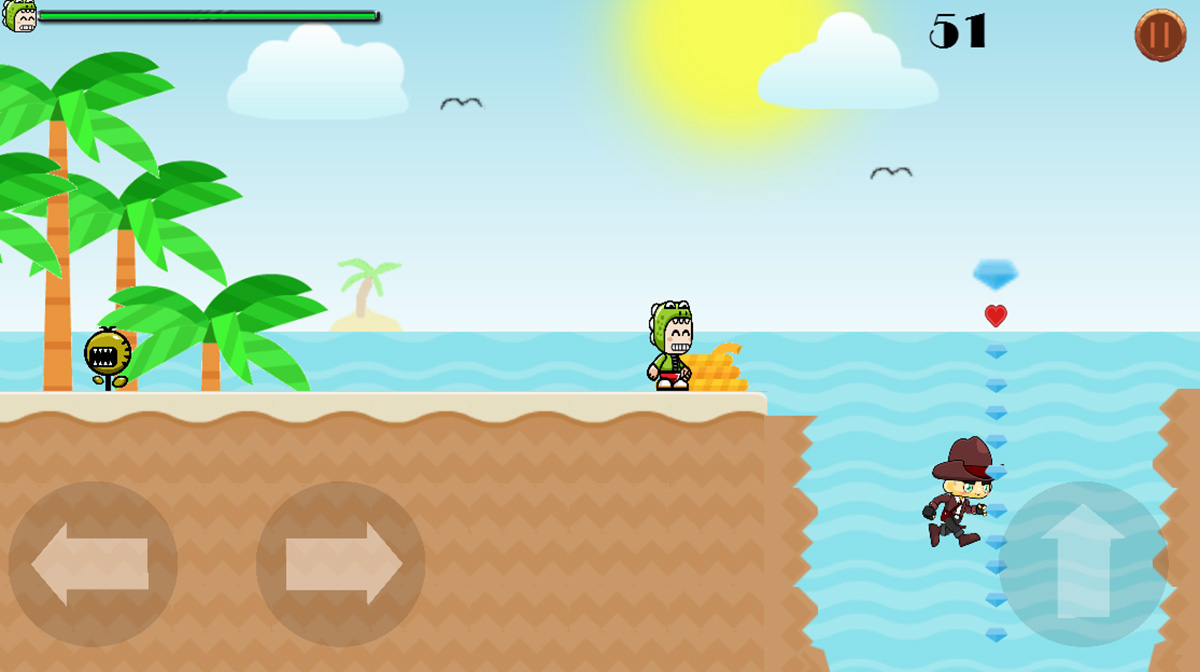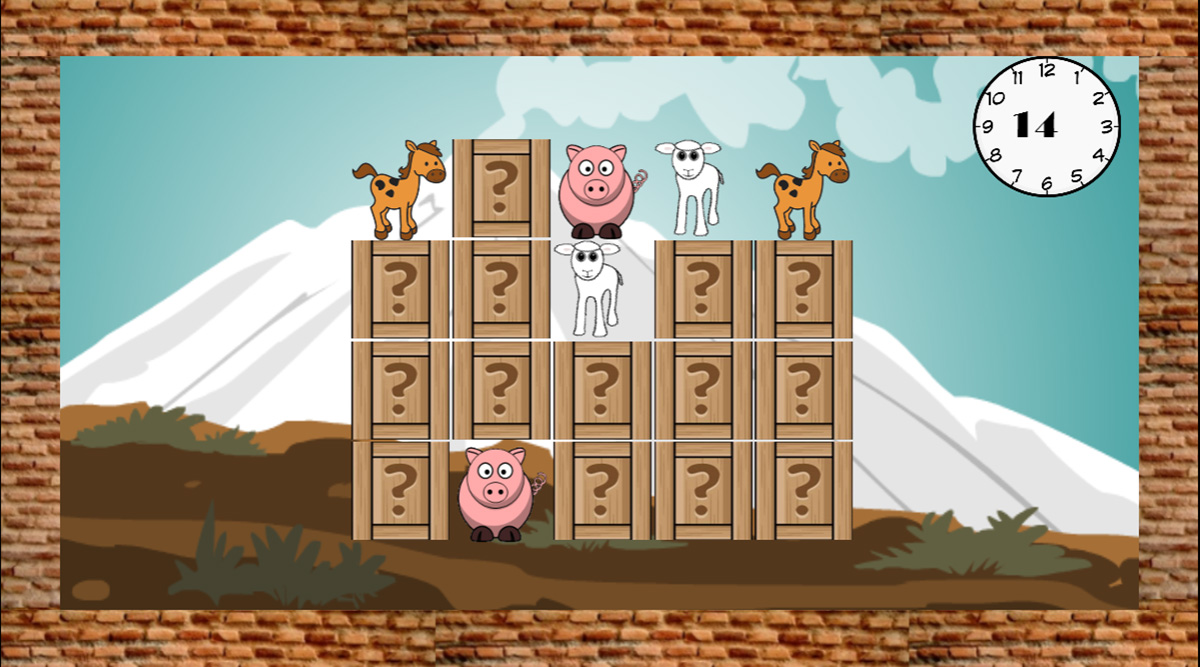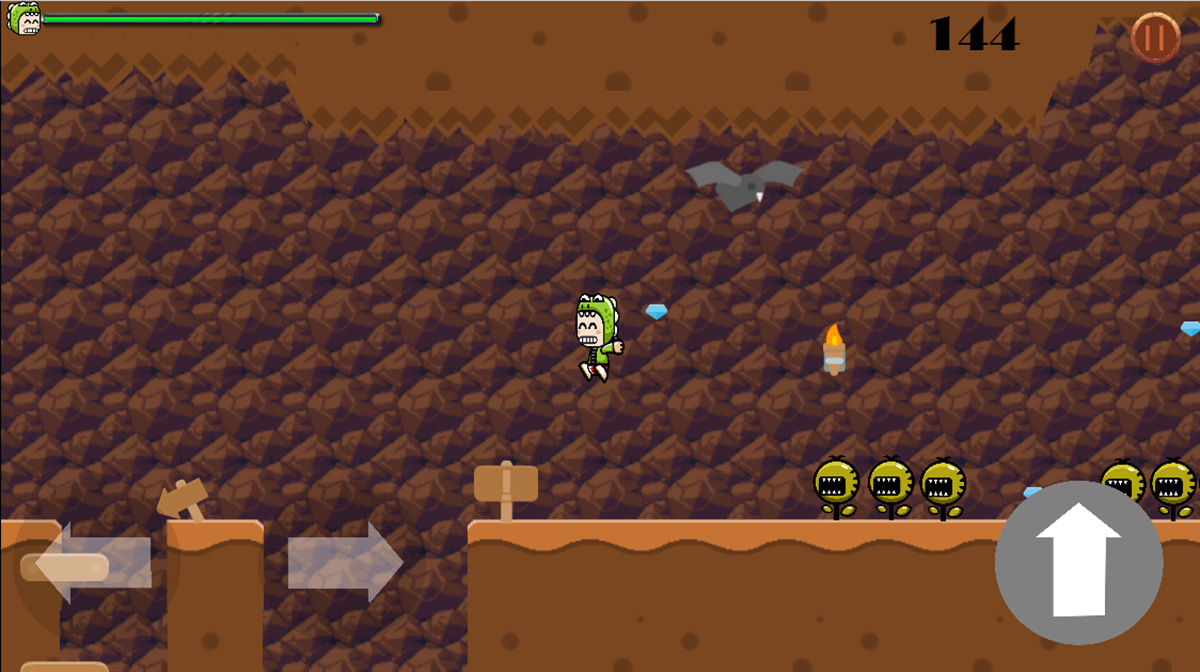This tool hopes to improve the condition of children between 4 and 11 years of age with attention-deficit/hyperactivity disorder (ADHD).
The creators of the video game Universidad Nacional de Colombia (UNal) in Manizales IT Management students Steven Alejandro Viñez, Christian Camilo Gallego, Daniel López and Juan Pablo Loaiza Pérez claim that children face quests focused on discovering hidden elements, avoiding obstacles, making decisions and taking memory tests.
"These activities stimulate concentration, when for instance children discover pairs of hidden objects. Each quest has different levels just as in conventional video games," they added.
Furthermore, every right action or successful attempt provides a score along with a time record, number of good attempts, diagnosis, and suggestions.
The authors of the game say the game has an interface which welcomes the user and a "life" bar where the player may choose the player, observe the score and control movements.
"From the main screen, the game directs children to play the story and interact with animal imagery and light colors," said the group spokesperson.
The prototype needs a little more testing as it has been tested just by a few users and it needs new tests to assess results and scope.
"To engineer the game we carried out a detailed research on the characteristics of children with ADHD and discovered that they are easily distracted by sound, do not like to follow rules, have difficulties to socialize with others and work in groups and have short-term memory," said the creators.
Therefore they designed game experiences to stimulate each of these deficiencies within a ludic and attractive environment, appealing to children.
ADHD usually appears before seven years of age, and its clinical treatment is for life and using prescription drugs. Therefore the creators of the game hope to innovate using technology to better support children population which suffer from ADHD.
To access the video game children need to be accompanied by their parents or an expert to show them around the game.
"The research project emerged from the need to search and discover alternative solutions," they added.
 Correo Electrónico
Correo Electrónico
 DNINFOA - SIA
DNINFOA - SIA
 Bibliotecas
Bibliotecas
 Convocatorias
Convocatorias
 Identidad UNAL
Identidad UNAL







